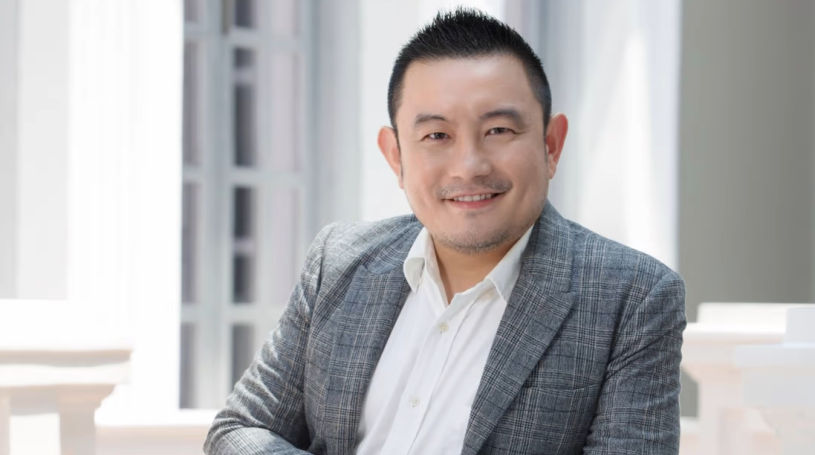Singapore arts pioneer Tan Boon Hui’s death ‘a tremendous blow’ to Asian art
Tan is best remembered internationally as director of the Asia Society Museum in New York from 2015-20, launching its Asia Society Triennial event in 2020
He ‘changed the discourse’ of Asian art history and ‘his passion and curatorial flair enriched our ecosystem’, said those who knew him. He died July 7 aged 53
Singaporean curator, arts administrator and festival organiser Tan Boon Hui, who died on July 7 at the age of 53, was a tireless champion for Asian artists and a visionary leader who recently returned home with ambitious plans for the organisation that ran Singapore’s main arts festival and a range of historic venues.
Internationally, Tan is best remembered as director of the Asia Society Museum in New York from 2015 to 2020. The museum’s inaugural Asia Society Triennial, lauded as the biggest event of its kind in the city, was very much his creation. Its opening during the height of the pandemic in 2020 was a climactic ending to his successful tenure at the non-profit institution, where he was also vice-president of global artistic programmes.
Tan was “instrumental” in launching the triennial, said Kevin Rudd, former Australian prime minister and president and CEO of the Asia Society, who remembers him for “a dynamism and effervescence that propelled him in his work”.
Nasim Nasr, an Australia-based Iranian artist who exhibited at the triennial, thanked Tan for making her dreams come true. Very few artists living and working in Australia, geographically remote from Europe and the US, would have been able to exhibit their works at an important international museum show in New York, she said.
Tan, who studied geography at the National University of Singapore, began his museum career as an assistant curator at Singapore’s Asian Civilisations Museum in 1997.
Former colleagues say that he left an indelible mark on the various art institutions he led over a span of about two decades.
At the Singapore Art Museum (SAM), where Tan was director from 2009-13, he consolidated the institution’s focus on contemporary art, according to Kwok Kian Chow, his predecessor at the museum.
“Boon Hui’s dynamic programming and contemporary-art-focused acquisitions helped set SAM’s new focus, paving the way towards a first contemporary art museum in Singapore,” Kwok said.
While at SAM, Tan spearheaded survey shows of pioneer Singapore artists such as Lee Wen, Amanda Heng and Vincent Leow, as well as supported emerging talents.
Khairuddin Hori, curatorial director of Chan and Hori Contemporary, a Singapore-based art advisory business, worked with Tan when he was senior curator at SAM. He said Tan was an effective arts leader because he could put together “formidable teams, whose members fluidly complement each other” and created opportunities for team members to share and follow through on “unorthodox and challenging ideas”.
Tan also went beyond the role of a typical arts administrator, recognising the need to connect with different aspects of the arts ecosystem.
In his most recent role as executive director of Arts House, which runs the Singapore International Festival of Arts and performance venues including The Arts House and the Victoria Theatre and Concert Hall, he talked about breaking down silos and working with new collaborators to make Singapore’s cultural scene larger and more diverse.
“Boon Hui’s passing is an enormous loss to the entire Asian arts community,” said Singapore-based art collector Christine Pillsbury. “His passion and curatorial flair enriched our ecosystem by engaging artists, collectors and enthusiasts alike, introducing us to new ways of seeing and appreciating the arts.”
Zehra Jumabhoy, an art history lecturer at the University of Bristol, in the UK, who considers Tan her friend and mentor, said that Tan had his own bold take on how Asia had been fundamentally left out of the mainstream art canon.
“Boon Hui’s curations – from the Singapore Biennale to the Lee Wen show at SAM to After Darkness at Asia Society – changed the discourse. It made the hybrid, inclusive ‘Asian’ art history we want to see. His passing will be a tremendous blow to Asian art history as well as to those of us who loved him dearly,” she said.
Tan had been hospitalised since early May after suffering a stroke. He died from related complications.

